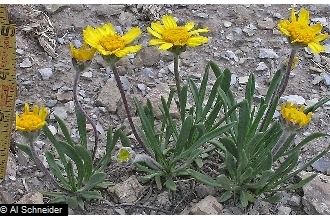Rank Species | ||
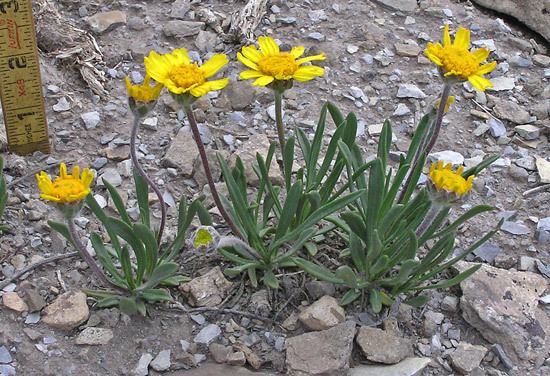 | ||
Similar Tetraneuris, Plummera, Tetraneuris herbacea, Oenothera caespitosa, Melampodium leucanthum | ||
Tetraneuris acaulis is a North American species of flowering plants in the sunflower family. Common names include angelita daisy, stemless four-nerve daisy, stemless hymenoxys, butte marigold, and stemless rubberweed.
Contents
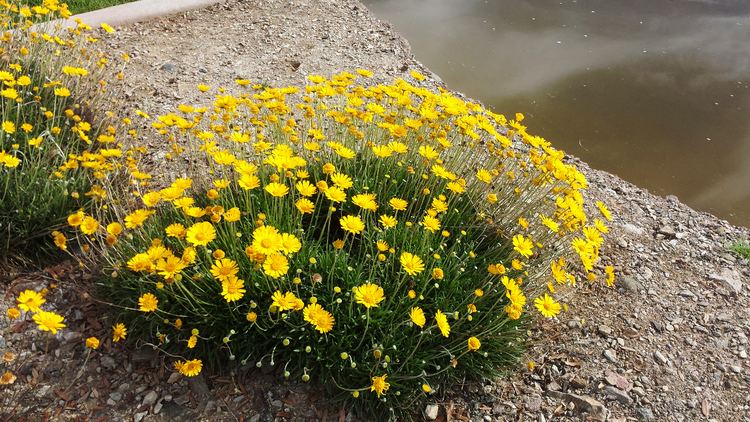
Distribution
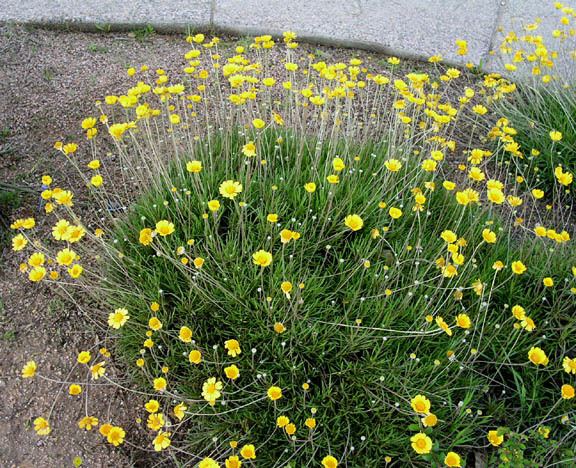
Tetraneuris acaulis is widespread across much of the western and central United States, west-central Canada (Alberta, Saskatchewan) and northern Mexico (Chihuahua, Coahuila, Zacatecas). It grows in a variety of habitat types in foothills and subalpine regions, and high prairie, badlands, and plains.
Description
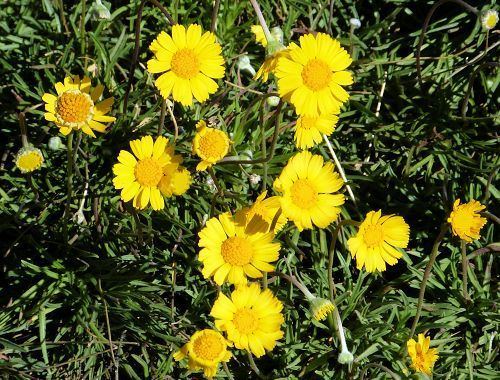
Tetraneuris acaulis is a "highly variable" plant is a perennial herb which may be quite tiny to over 60 centimeters (2 feet) in height. The erect stems are surrounded by basal leaves. The leaves may be hairy or hairless, and glandular or without glands. There may be few or many flower heads borne singly on hairy stalks. The base of each flower head is up to 1.6 centimeters (0.64 inches) wide. The head contains 8 to 21 yellow ray florets each up to 2 centimeters (0.8 inch) long. At the center are many yellow disc florets, sometimes 200 or more. The fruits are dry achenes only a few millimeters long. Flowering time is summer.
Varieties
It is generally accepted that there are four varieties of this species:

Medicinal uses
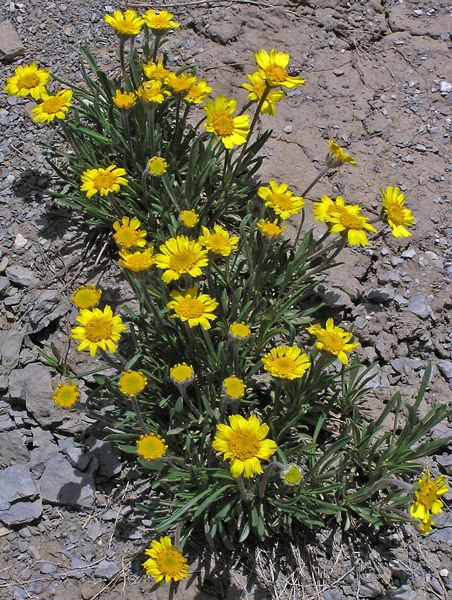
Tetraneuris acaulis has been used as a traditional medicinal plant. The Hopi used a poultice of the plant to relieve hip and back pain in pregnant women, and to make a stimulating drink.
